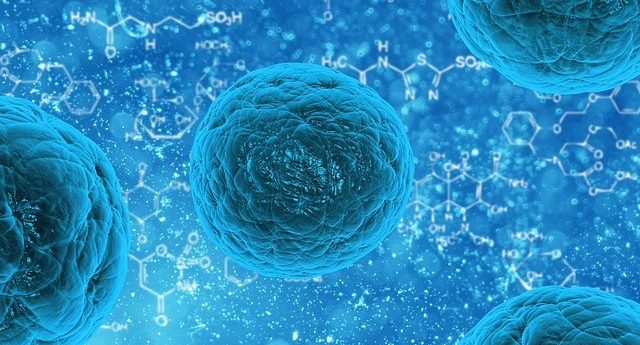Scientists develop method to observe muscle progenitor cells migrating towards injury sites

The team at Carnegie Institution for Science observes ‘ghost fibers’ in live mice for the first time.
Scientists at the Carnegie Institution for Science and the National Institute of Child Health and Human Development (CA, USA) have developed a technique to observe muscle stem/progenitor cells migrating within injury sites in live mice. These so-called ‘ghost fibers’ are remnants of the old extracellular matrix left by dying muscle fibers which guide the cells into position for healing to begin. The study was recently published in Cell Stem Cell.
Using intravital two-photon imaging combined with second-harmonic generation (SHG) microscopy, the Carnegie team observed these cells riding to the rescue, using the long axis of these ghost fibers to spread out and orient themselves.
This is the first direct visualization of skeletal muscle stem/progenitor cell-mediated regeneration in live mice, commented Micah Webster from the Carnegie Institute of Science. It also demonstrates the possibilities of combining high-resolution microscopy techniques such as two-photon imaging, which can visualize fluorescent markers at great depth in living tissue with another advanced technique, such as SHG imaging. SHG turns two photons into one but at half the original wavelength, avoiding problems with dye bleaching and signal saturation.
Combining the two techniques, the researchers were able to image activated muscle stem/progenitor cells moving bi-directionally along the long axis of individual ghost fibers left behind by the lost muscle cells. The stem/progenitor cells spread along the ghost fibers where they could divide, fuse and fully differentiate into new muscles. When the researchers reoriented the ghost fibers, the regenerated muscle tissue was disorganized.
The direct observation of stem/progenitor cells in action showed ghost fibers playing an “architectural role” in regenerating muscle, explained Micah Webster, serving as templates proportioned for laying down new muscle tissue so as to match the same size and align to the same direction as the damaged portion.
Sources: https://carnegiescience.edu/news/%E2%80%98ghost-fibers%E2%80%99-left-behind-injured-muscle-cells-guide-stem-cells-position-regeneration; Webster MT, Manor U, Lippincott-Schwartz J, Fan CM. Intravital Imaging Reveals Ghost Fibers as Architectural Units Guiding Myogenic Progenitors during Regeneration. Cell Stem Cell doi:10.1016/j.stem.2015.11.005 (Epub ahead of print) (2015)